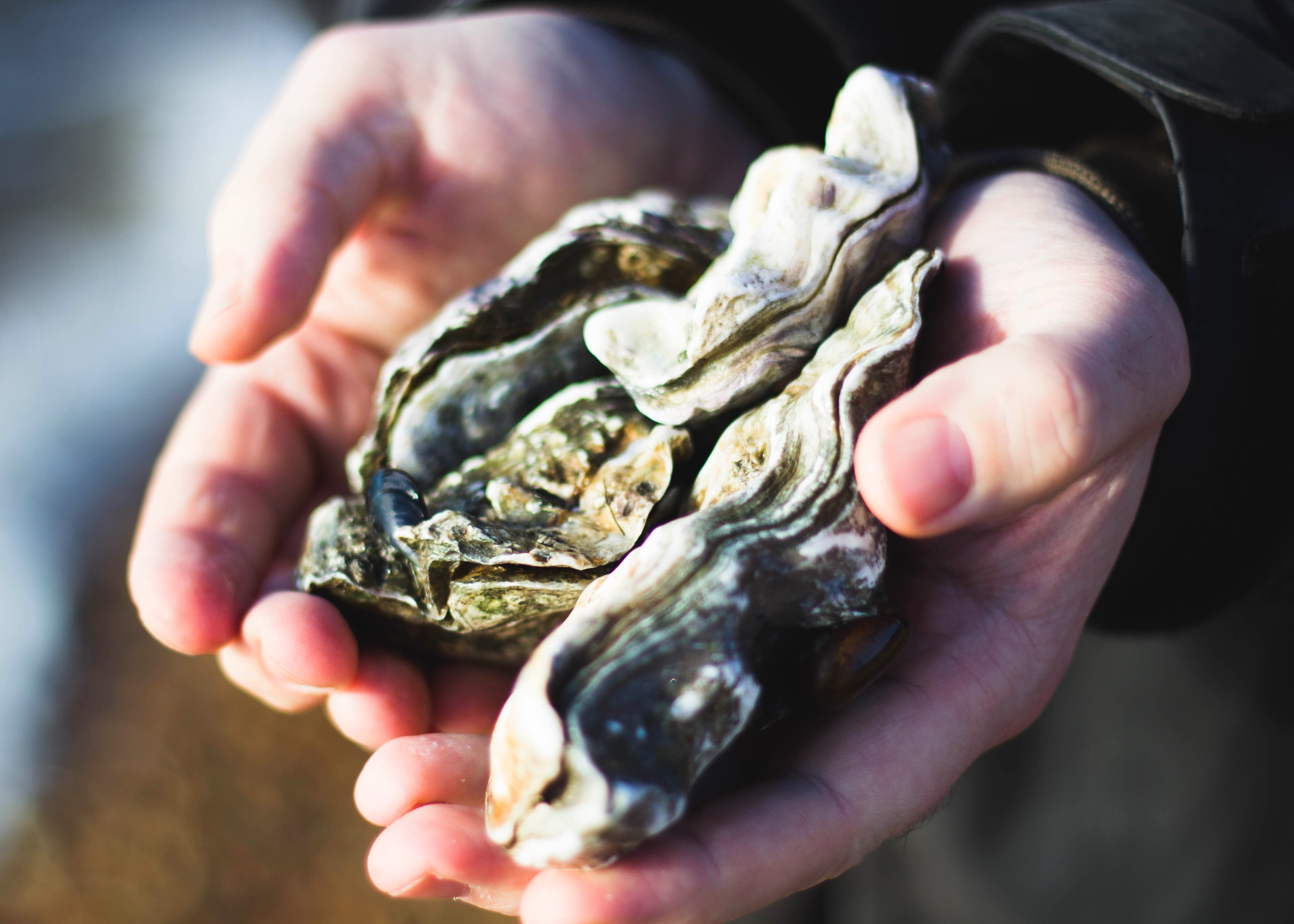 First Nation Shell Middens And True Oysters
First Nation Shell Middens And True OystersOne of the now rare species of oysters in the Pacific Northwest is the Olympia oyster, Ostrea lurida...
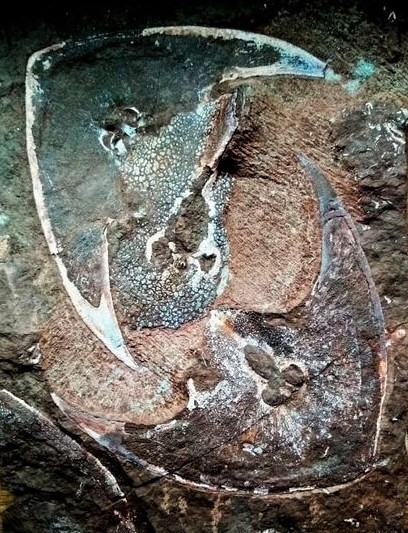 Zenaspis: Lower Devonian Bony Fish Of Podolia, Ukraine
Zenaspis: Lower Devonian Bony Fish Of Podolia, UkraineA Devonian bony fish mortality plate showing a lower shield of Zenaspis podolica (Lankester, 1869)...
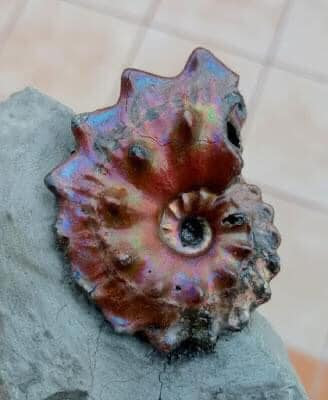 Oil in Water Beauty: Euhoplites of Folkstone
Oil in Water Beauty: Euhoplites of FolkstoneSheer beauty — a beautiful Euhoplites ammonite from Folkstone, UK. These lovelies have a pleasing...
 Carnotaurus sastrei: Flesh Eating Bull
Carnotaurus sastrei: Flesh Eating BullCarnotaurus sastrei, a genus of large theropod dinosaurs that roamed the southern tip of Argentina...









 During the early Triassic period, ichthyosaurs evolved from a group of unidentified land reptiles that returned to the sea. They were particularly abundant in the later Triassic and early Jurassic periods before being replaced as premier aquatic predator by another marine reptilian group, the Plesiosauria, in the later Jurassic and Cretaceous periods.
During the early Triassic period, ichthyosaurs evolved from a group of unidentified land reptiles that returned to the sea. They were particularly abundant in the later Triassic and early Jurassic periods before being replaced as premier aquatic predator by another marine reptilian group, the Plesiosauria, in the later Jurassic and Cretaceous periods.
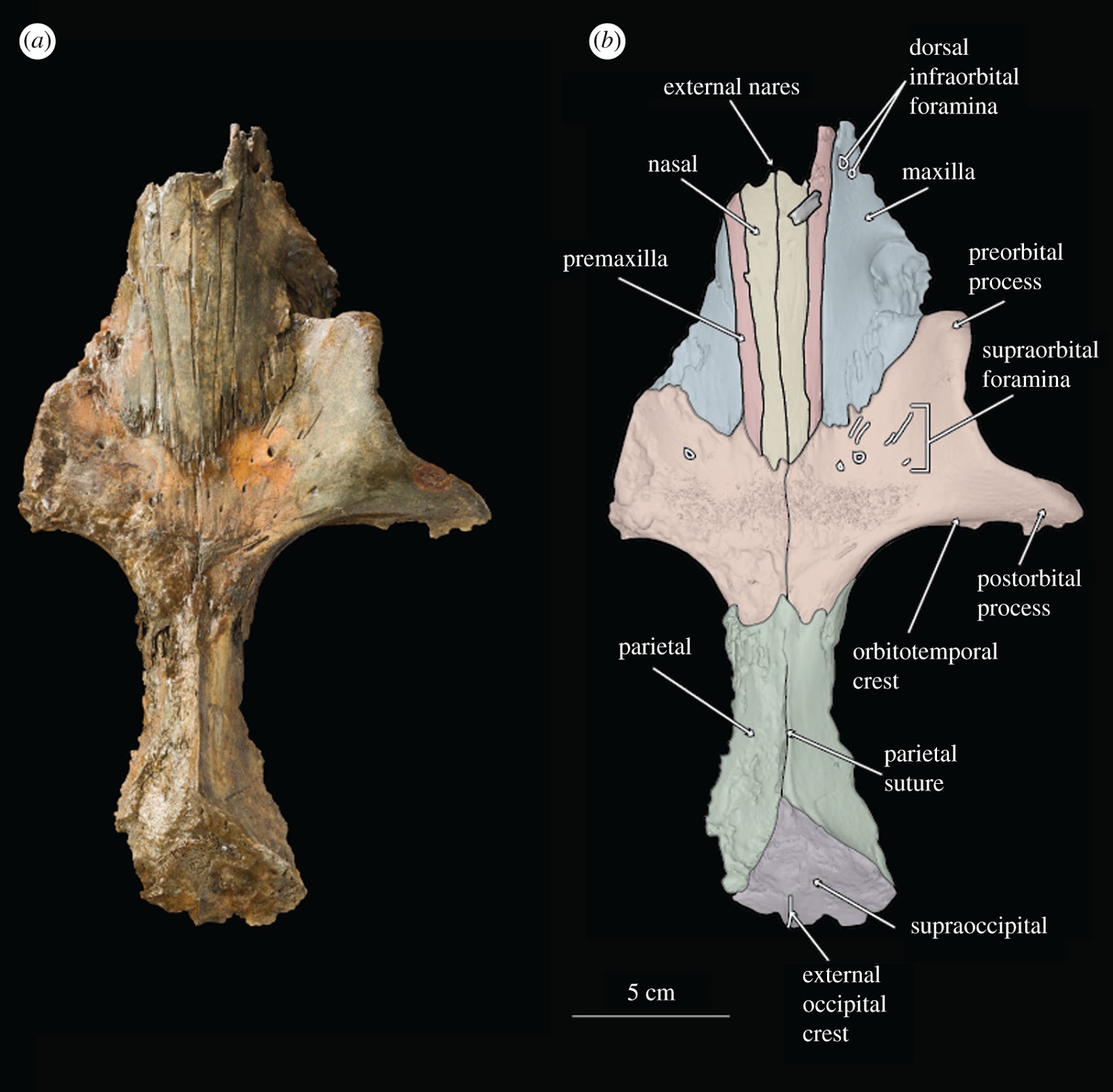



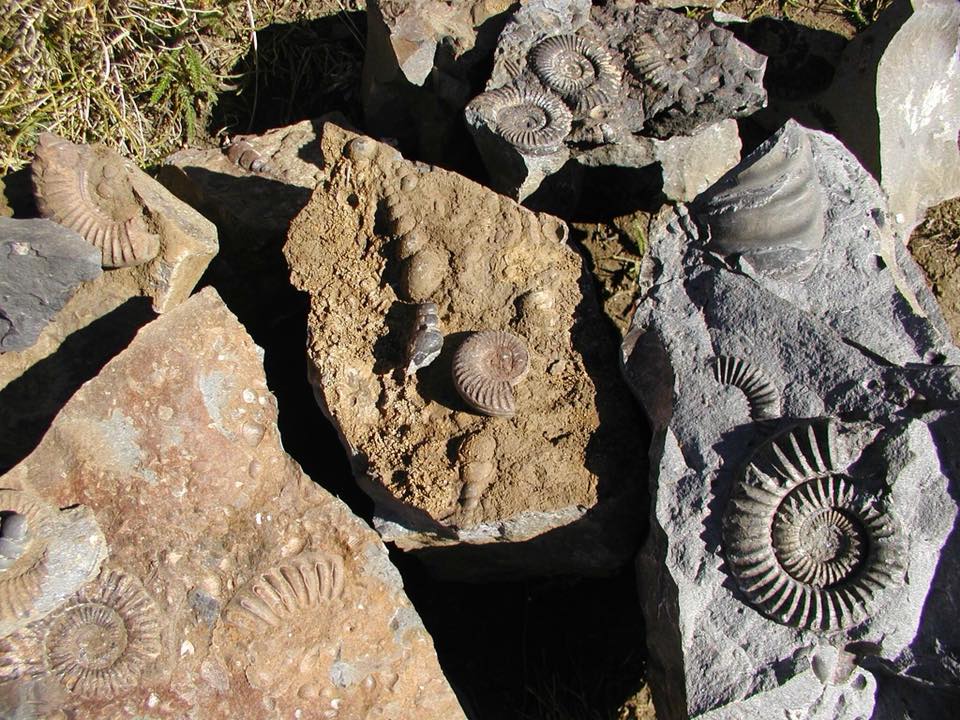 These ammonites are from the Arnioceras beds near Last Creek, British Columbia. The fossils found here are from the Lower Jurassic, Lower Sinemurian, Little Paradise Member of the Last Creek formation. This site is part of the research area for Dr. Howard Tipper, GSC (who is hugely missed) and Dr. Louise Longridge, University of British Columbia. Several ammonites species can be found here including Arnioceras semicostatum&Arnioceras miserable.
These ammonites are from the Arnioceras beds near Last Creek, British Columbia. The fossils found here are from the Lower Jurassic, Lower Sinemurian, Little Paradise Member of the Last Creek formation. This site is part of the research area for Dr. Howard Tipper, GSC (who is hugely missed) and Dr. Louise Longridge, University of British Columbia. Several ammonites species can be found here including Arnioceras semicostatum&Arnioceras miserable.
